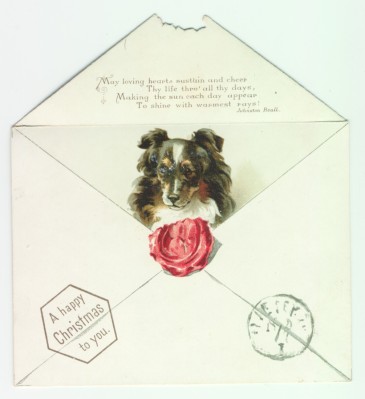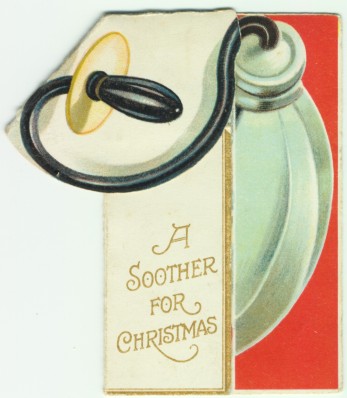Today is day 11 of 12 Days of Victorian Christmas cards and I thought I’d share a very traditional-looking design of the Nativity with you. This is a three-dimensional card from the 1890s and this is the front when the card is flat:
 |
| Copyright Michelle Higgs |
This is what the card looks like when it’s fully open:
 |
| Copyright Michelle Higgs |
The card was published by Raphael Tuck & Sons. As well as being a three-dimensional card, it’s also a novelty card. If you shine a light through the blue cellophane-like material which represents the window, it illuminates the baby Jesus.













